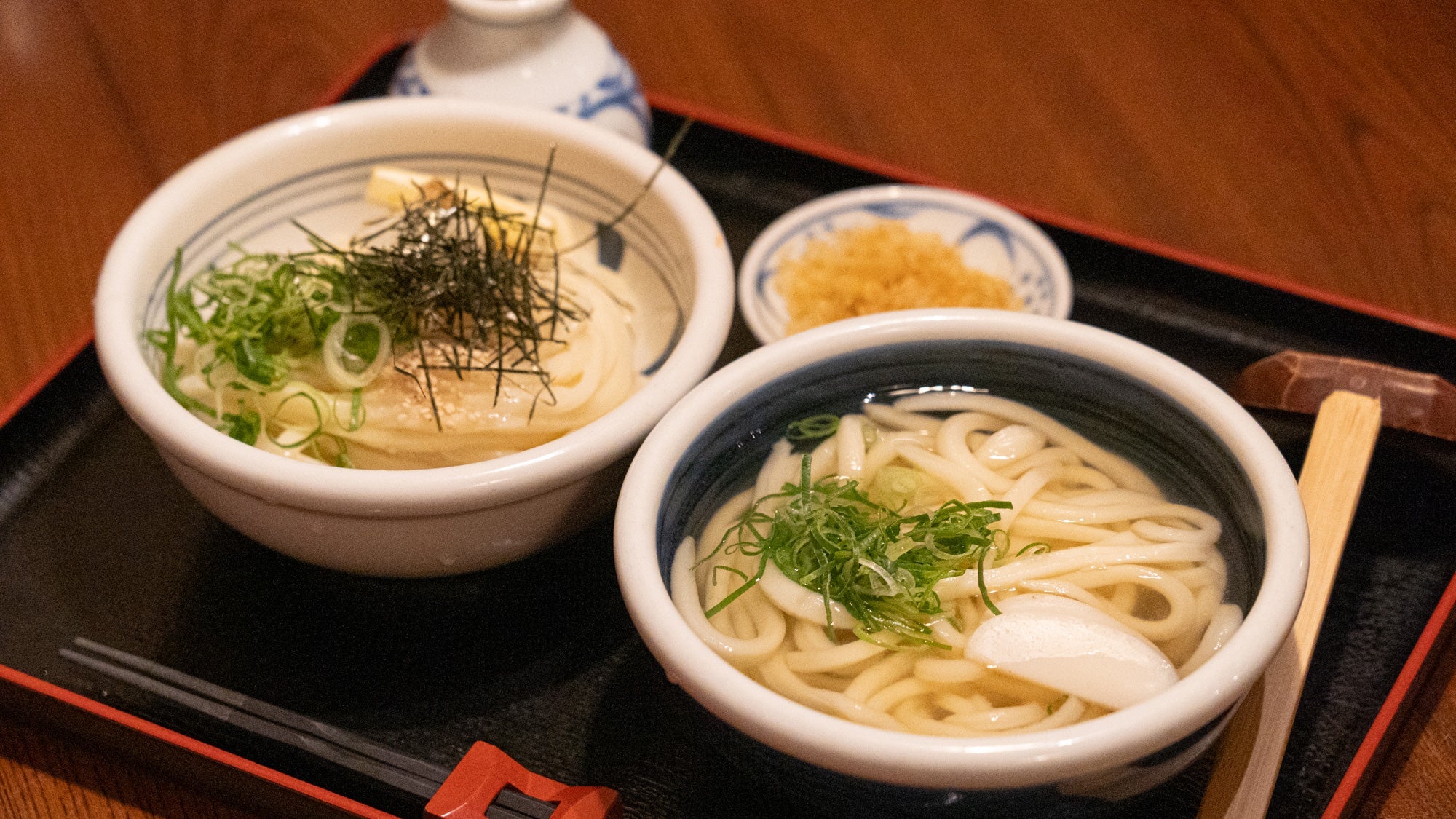
Japanese Soul Food: The Irresistible Charm of Sanuki Udon
Written by Team MUSUBI
When it comes to Japanese cuisine, you simply can't overlook this classic white-floured noodle dish, known as udon. This silky and chewy noodle dish, nestled in dashi soup full of umami flavor, is considered a beloved Japanese comfort food, often sharing the spotlight with soba. Udon is made from just three simple ingredients—wheat, water, and salt—with a touch of garnish to make it even more irresistible. It might sound like a simple combination, but it creates a symphony of delicious flavors that will delight your taste buds.
Udon is all about comfort and simplicity. It's also a celebration of regional cultures, with each region showcasing its own unique history, cooking methods, shapes, serving styles, and delicious toppings like tempura, egg, meat, and veggies. Some regional udon noodles are widely popular throughout the country. One of the most famous types of udon is Sanuki udon, which originates from the former Sanuki Province, now known as Kagawa Prefecture in northeastern Shikoku.

Sanuki udon is known for its incredible simplicity. The chewy and thick noodles are nestled in either umami dashi-flavored soup or a delicious soy-sauce based cold dressing with a simple garnish of chopped green onions. A bowl of simple udon is more than just a meal; it's a soulful experience that nourishes body and soul.
Team Musubi had the pleasure of visiting the renowned Sanuki udon restaurant “Kuranosuke” nestled in the vibrant heart of Takadanobaba, the west part of Tokyo. This charming locale is home to JR Yamanote Line and Tokyo Metro Tozai Liine, Takadanobaba Station. The quaint restaurant, with only sixteen seats, exudes a cozy atmosphere, perfectly set to the backdrop of jazz music. The warm hospitality of owner, Ooyama Hiroshi, and his wife, Tomoko, is evident in every bite as they welcome you with a delicious bowl of Sanuki udon.


Table of contents
His Passion for Hand-Making Udon
“For me, the ideal noodles have a firm core and a chewy soft texture around the edges as if it were a freshly pounded rice cake and it’s perfect pairing with dashi soup or dipping sauce. That’s the noodle I have been making for almost eighteen years at my restaurant.” Ooyama Hiroshi, the chef and owner of Kuranosuke shared with us after all the diners finished their udon lunch.
Maintaining the same texture and flavor throughout the year, particularly by hand-crafting, is no easy feat.

“Noodles are so delicate that their taste and texture are easily affected by the humidity and the temperature of the day and the season. Even a little water added to noodles can change the taste. I decide on the ideal proportions of two types of domestic flours, salt, and water, adapting to the ever-changing weather and seasons. I can feel the texture and taste taking shape in my hands.”
While many udon restaurants rely on store-bought or machine-made noodles, Ooyama’s devotion to his craft is unwavering.
Every morning, Ooyama starts his day by kneading doughs to serve around one hundred twenty to one hundred fifty dishes per day! It is a part of ritual he performs with serenity every morning.

Diners are captivated by him making the noodles for each order. He deftly rolls out a pizza-sized dough, stretching it into a sleek, square piece of paper-thin dough. With a swift and precise movement, he slices the dough into exact thick sized noodles. Watching this artisan at work is a true delight, and it's sure to ignite your appetite!


A Perfect Harmony Between Noodles and Dashi Soup

Stepping inside the restaurant for lunch, we found it bustling with office workers and local residents, all happily slurping udon at the counter table as if they were devoted fans of the Udon World.
To fully dive into the world of Sanuki udon, we ordered a set of kake and bukkake which is served chilled with a cold soy sauce and a tempura udon for our lunch. A set of kake and bukkake is his signature dish and it’s no surprise that Chef Ooyama highly recommends it out of his twelve basic udon dishes. He says that the flavor and taste of the noodles is best enjoyed in kake and bukkake udon.

Upon our order, Ooyama enthusiastically stepped inside the tiny room at the corner of the restaurant and started making noodles as if it were a ritual. He took pizza-like round dough out from the refrigerator, kneaded it into a thick square piece, and then gently sliced it into noodles. He put two servings of noodles right into the boiling water and immediately scooped them in a colander, rinsing them thoroughly in the cold water. Meanwhile, his wife Tomoko set out Baizan ware bowls with garnish, ready to serve the udon right away. The entire process of creating kake udon reflects Ooyama's craftsmanship in harmony with Tomoko’s attentive collaboration.

Baizan Kiln, a renowned Tobe ware pottery kiln from Ehime Prefecture—neighboring Kagawa, the birthplace of Sanuki udon—is highly regarded by many udon restaurants. At Kuranosuke, its tableware is specifically used for select dishes, enhancing both presentation and dining experience. Chef Ooyama shared, "The kiln that originally made our tableware shut down, and its artisans introduced me to Baizan Kiln, which was located nearby. Since then, we've been using their tableware for certain menu items. It's durable, functional, and a perfect fit for our udon."


Kuranosuke's udon is truly something special, and it's not only the noodles that bring the flavor, but also the clear dashi soup. It’s made from the finest local ingredients; Hokkaido kelp, niboshi dried young sardines from Kagawa, a blend of fermented mackerel, urume round herring, and brown striped mackerel shavings, fermented bonito shavings, and two types of Kagawa soy sauces.
Most importantly, what really sets the soup apart is the water. Ooyama uses water of the same low pH level of the Sanuki region in order to add mildness to the soup. All are blended to create a delicious umami-rich soup, that’s his own creation.
Slurping on a delicious kake udon, we sensed the dashi aroma and the taste of the perfect blend with rich umami and chewy texture of the noodles in the mouth. We found that nothing tastes better than simple udon. On the contrary, bukkake udon had a refreshing flavor with a garnish of a sudachi citrus fruit like a lime, which was eye-poppingly delicious. Kake and bukkake udon are a perfect pair for enjoying the meal. The more you chew the noodles, the more umami flavors spread in your mouth—an absolute harmony between noodles and a delicate dashi soup is heavenly delightful. You can tell this udon is what chef Ooyama has been seeking for.
A Journey to Become an Udon Master

Ooyama's udon crafting technique draws from the rich tradition of Sanuki udon of the local restaurant, where he honed his skills as a trainee for five years. The restaurant “Yamadaya” is one of the two most authentic and famous in the region, attracting customers from all over Japan and serving an impressive four thousand meals a day.
What drew Ooyama, just before thirty, to work there and pursue a career as an udon master? He shared an incredible story about how a simple bowl of udon can change one’s life.
"My wife and I visited relatives in Kagawa during the summer holidays, and we stopped at an udon restaurant for lunch. Just a bite of the udon blew my mind—it was the most delicious udon I'd ever tasted! I decided right then and there that I wanted to become a udon master and bring the authentic flavors of Sanuki udon to people in Tokyo. I had no idea that I was on the path to a career in cooking, though."
Twenty years ago, there weren’t many udon restaurants in Tokyo and soba restaurants mostly served udon menus. Tokyo-style udon, which has a thicker soy sauce-based soup, is quite different from Sanuki udon with dashi soup.
He went back to Tokyo, leaving his job as a manager of a store design firm. He sent a resume to Yamadaya, but was rejected because Yamadaya already hired three young trainees. Undeterred, he visited the restaurant in person and passionately persuaded the owner, who was eventually moved by his determination and allowed him to join as a trainee.
Working there as a trainee was interesting even though he started out serving customers from scratch, thinking of moving up a career ladder to become a chef. His passion for learning knew no bounds. After the first year, he was allowed to knead the dough and make noodles. But it took five years for him to be allowed to make dashi-soup, the lifeblood of the restaurant. After five years of dedication, he had mastered the entire process of making Sanuki udon including frying tempura.

In June 2007, he opened a restaurant with his wife in Takadanobaba. But any start-up restaurants are said to have tough beginnings, so did Ooyama. Some customers who stepped inside just left without ordering.


“No one wanted to wait for fifteen minutes by the time udon was cooked. People think udon is a fast food, quick to be served and eaten and on the go. I had a thought that the taste of udon I fell in love with would not match Tokyoite’s taste.”
Those who ate his udon were captivated with the taste and passed the good remarks. Word of mouth brought in many customers to Kuranosuke. Now there is always a queue for people waiting during lunch time and for dinner, it is crowded with reservations.

Kuranosuke has been selected as one of the top 100 udon restaurants in eastern Japan. Chef Ooyama proudly says, “I finally feel confident that my Sanuki udon has been recognized as truly delicious by people in Tokyo and that it brings satisfaction to every diner.”
Ooyama successfully achieved his mission of bringing the deliciousness of Sanuki udon to Tokyo. What’s next for this passionate udon master?
“I love what I am doing and just make the best udon I can each day. The world of udon is so rich and full of possibilities that there's always more to discover.”
Sanuki Udon Kuranosuke
3−7−15, Takada, Toshima-ku, Tokyo



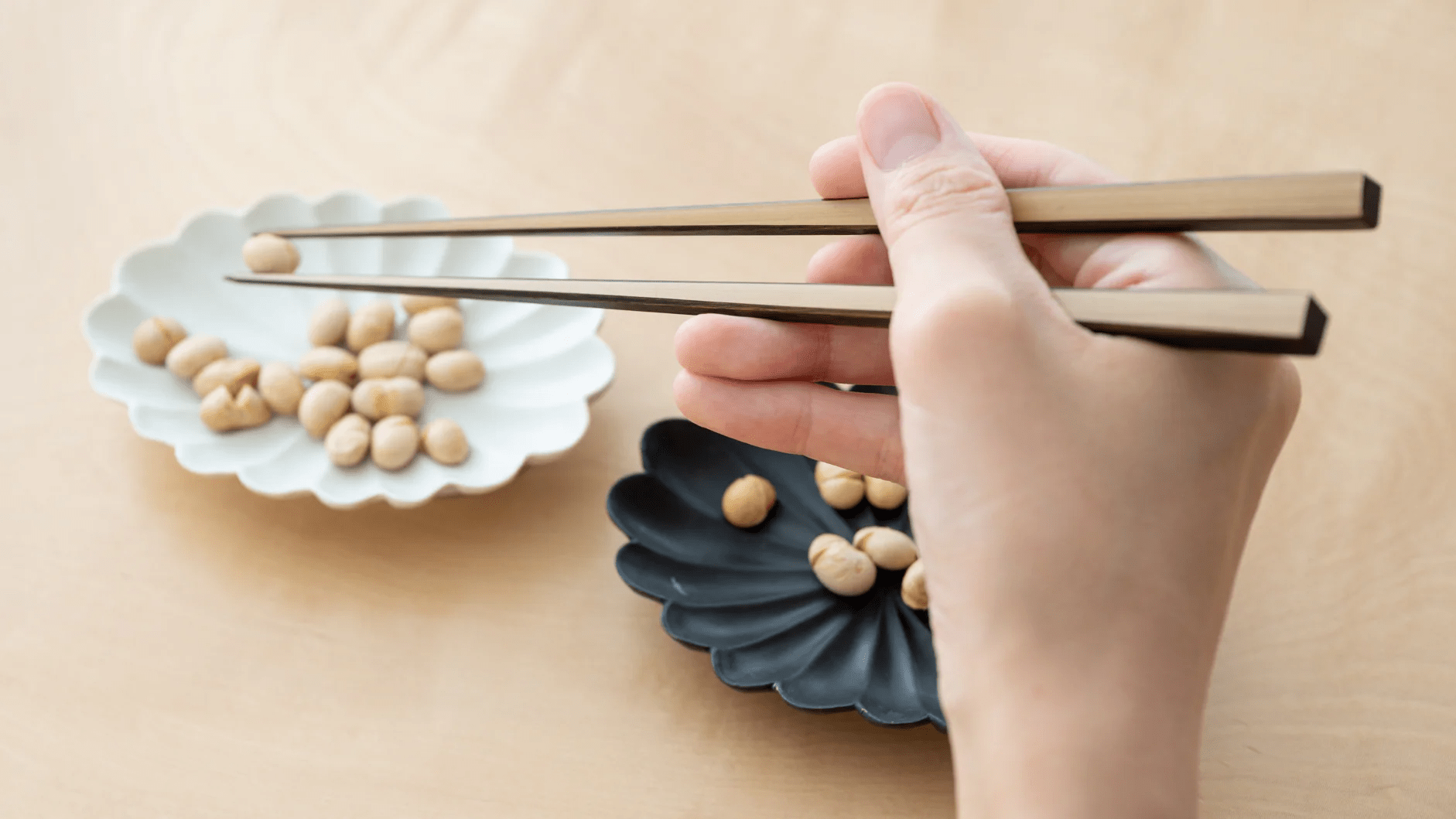
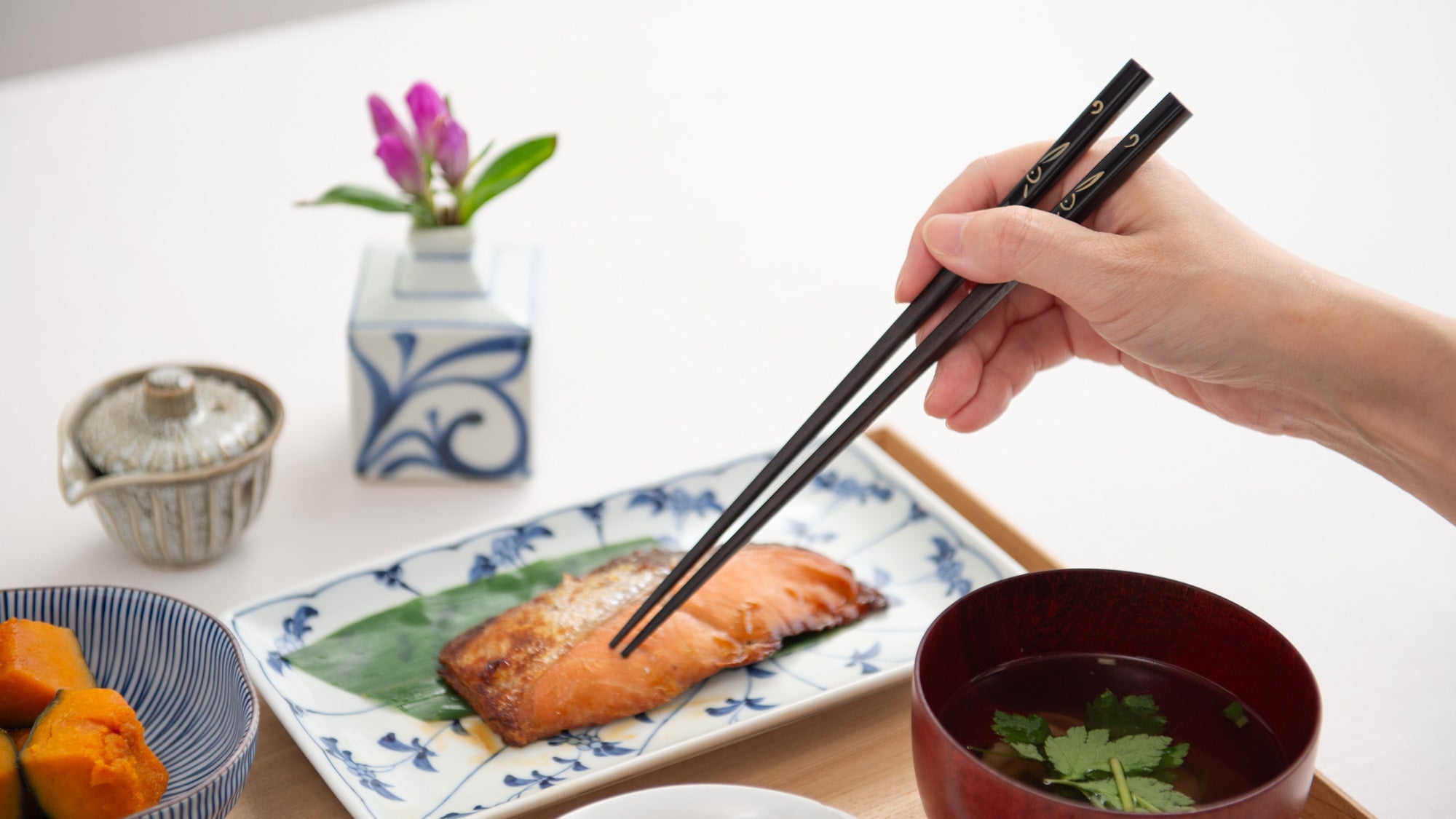
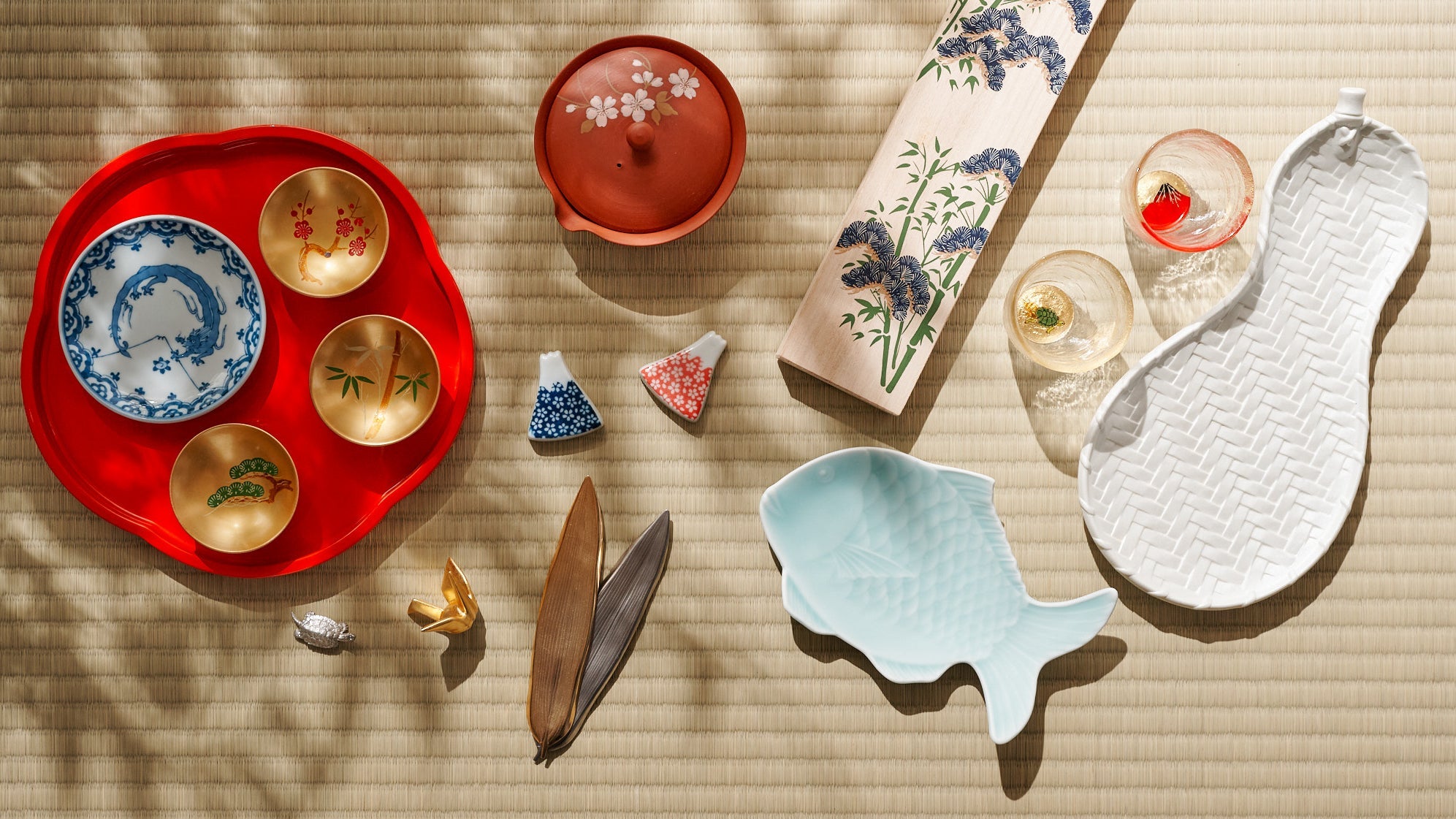
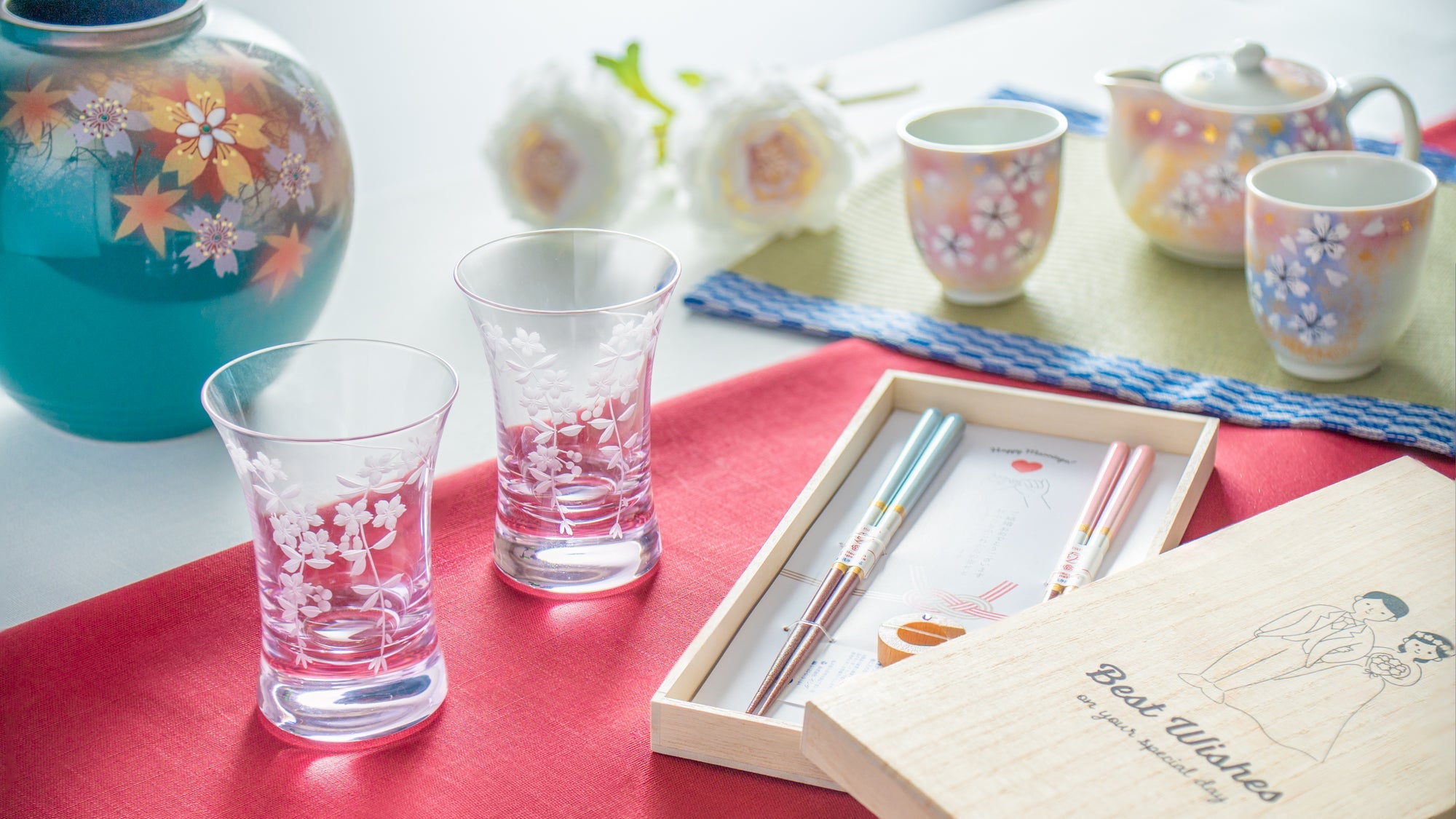
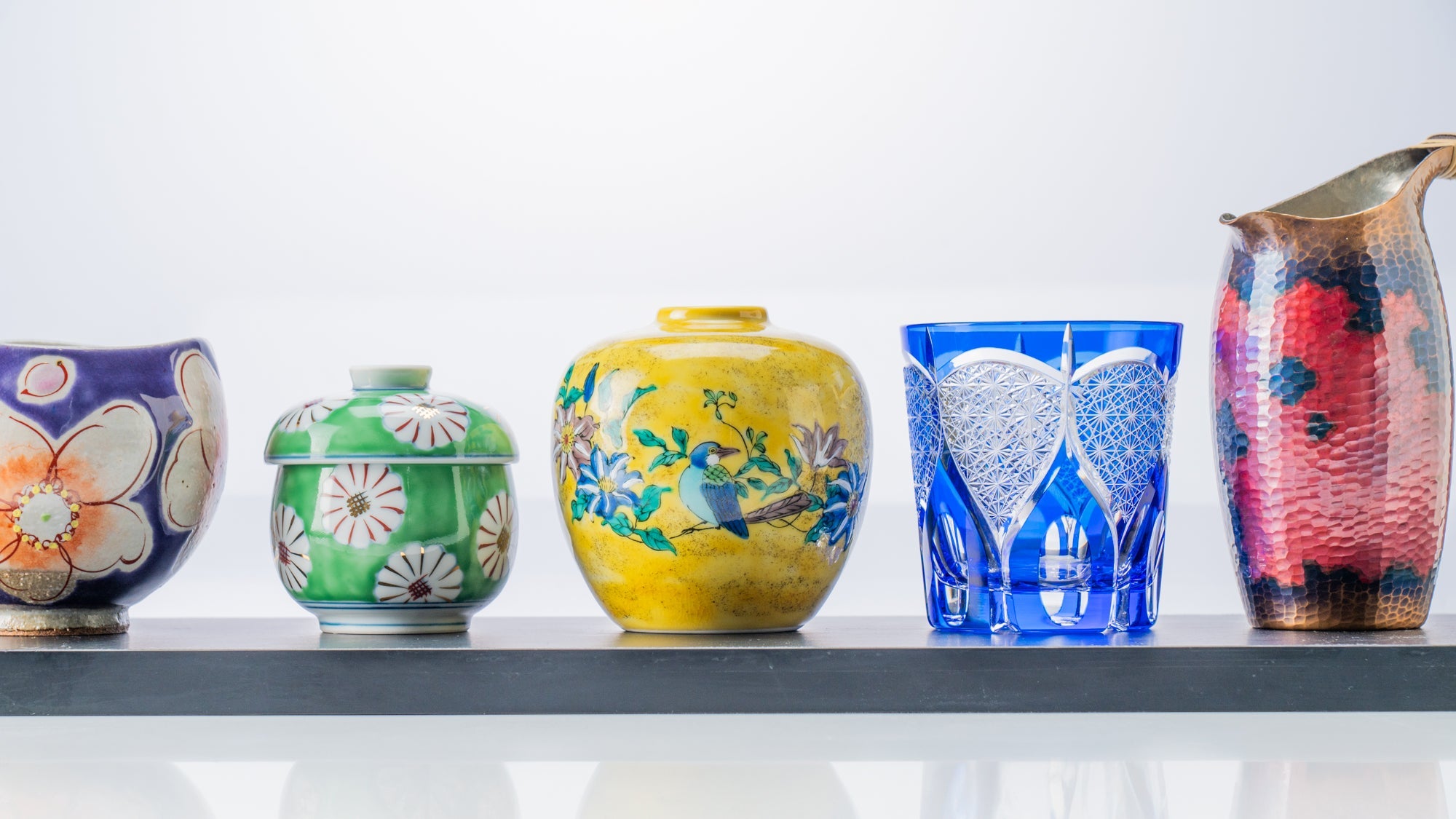
2 comments
@Judy – Thank you so much for your kind words. We are delighted that our articles can bring a glimpse of Japan’s culture and dedication to excellence to you. If there are any topics you’d like to explore further, please don’t hesitate to let us know.
Team Musubi
I love reading these articles. I learn so much about Japan and the importance of excellence in every thing they do. I will never have the opportunity to travel to Japan but these articles have given me insight into a place & people I have always found fascinating.
Judy
Leave a comment
This site is protected by hCaptcha and the hCaptcha Privacy Policy and Terms of Service apply.